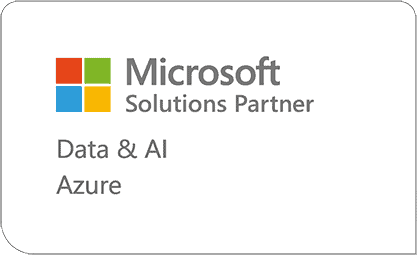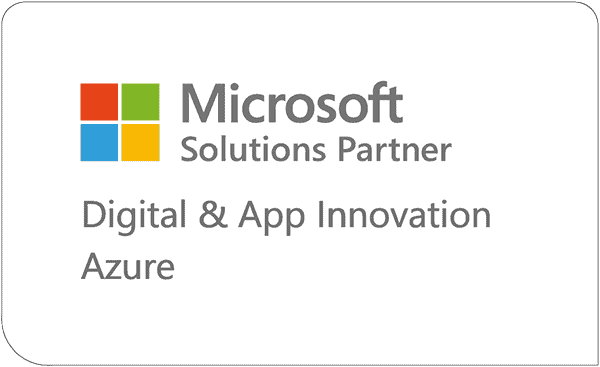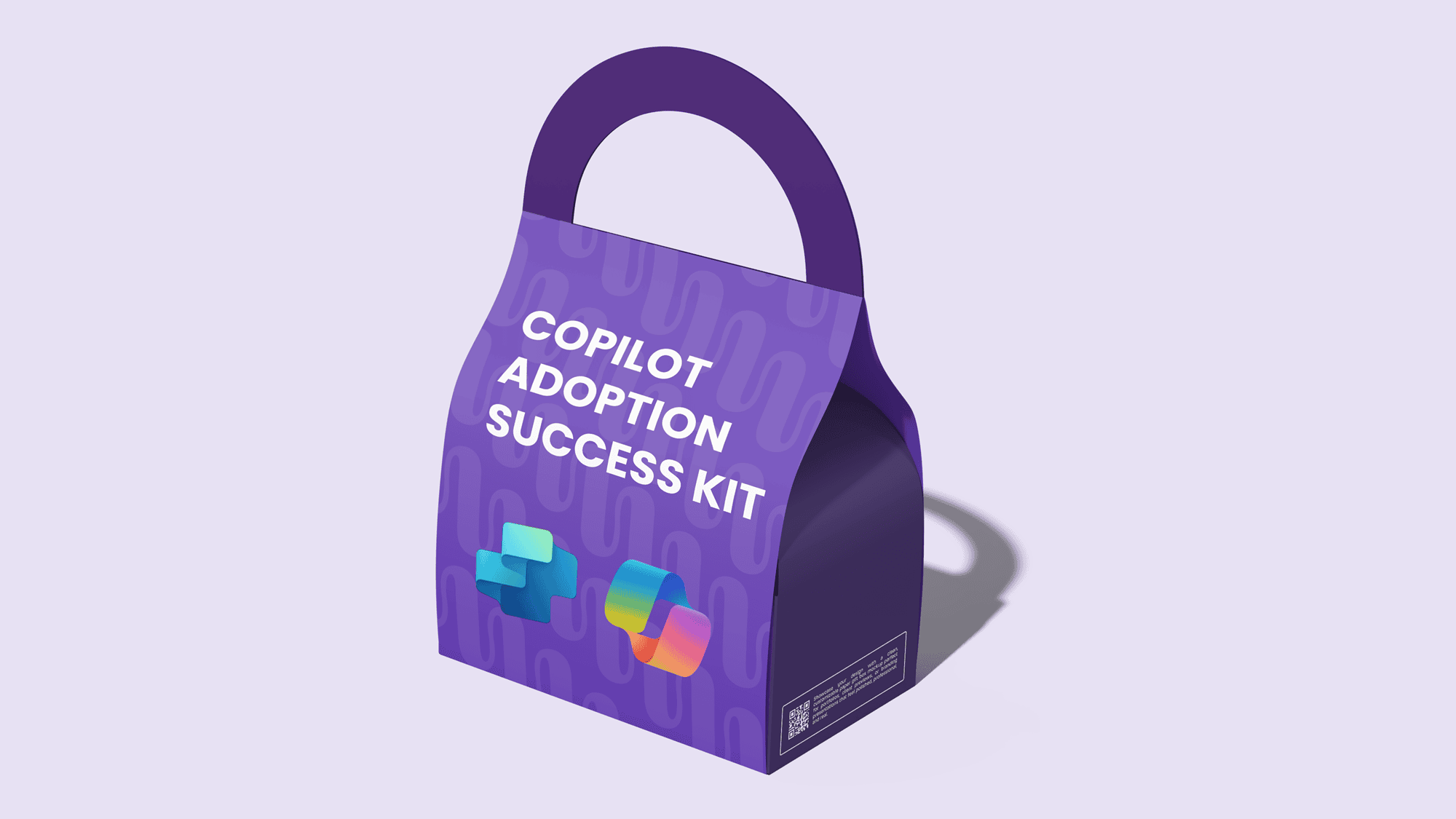Microsoft Copilot Readiness Assessment: How to Know if You’re Ready for AI
Thinking about implementing Microsoft Copilot? This article walks you through what a Copilot readiness assessment entails, why it matters, and the key areas your organization should evaluate before moving forward.
Microsoft Copilot is changing the way people work by embedding AI assistance directly into the tools you already use every day, like Word, Excel, Teams, and Outlook. But before you flip the switch and hand the mic to Copilot, there’s a critical first step: understanding whether your organization is actually ready.
To do that, you’ll need a Copilot readiness assessment. This is about ensuring your data is clean, your people are prepared, and your systems are aligned to support an AI-enhanced workplace.
What is a Microsoft Copilot Readiness Assessment and Why it Matters
A Copilot readiness assessment is a structured evaluation of your organization’s preparedness for deploying Microsoft Copilot. It is basically a diagnostic designed to uncover gaps and blockers that could derail your implementation if left unaddressed. Without preparation, AI-powered tools like Copilot can surface outdated or sensitive documents, confuse users with poor search experiences, or fail to gain traction altogether.
It also covers more than just technical requirements. A thorough assessment looks at your licensing setup, the health of your data environment, data governance policies, and the overall readiness of your teams to adopt and use Copilot effectively. It also identifies business use cases to ensure the technology delivers value from day one.
By taking a step back to assess these areas, organizations can move forward with clarity and confidence knowing they’ve laid the groundwork for success.
The Copilot Readiness Checklist
Not sure where you stand? Use the checklist below as a conversation starter across IT, business, and security teams. Each area represents a foundational piece of the Copilot puzzle.
Business Alignment
Technical Readiness
Data Security & Governance
User Enablement & Change Management
Monitoring & Optimization
Smartbridge’s Approach to Copilot Readiness
At Smartbridge, we’ve seen firsthand how important a strong foundation is to AI adoption. That’s why we offer a focused Copilot Readiness Workshop to help organizations assess their current landscape, identify key opportunities, and flag any barriers that could delay or derail implementation.
Our approach includes evaluating your data environment, surfacing business scenarios where Copilot can provide real value, and assessing data governance posture. We also provide guidance on user enablement so that, when you do roll out Copilot, your teams are prepared to use it confidently and securely.
Whether you’re piloting Copilot with a small team or preparing for a wider rollout, our goal is to ensure your organization has the clarity, structure, and strategy needed to make it a success.
Final Thoughts
AI can bring speed, clarity, and efficiency to your organization—but only if it’s implemented with intention. If you’re thinking about Copilot, now is the time to assess your readiness and build a foundation that supports long-term success.
Not sure where to start? Begin with the checklist above. Talk with your IT and business leaders. And when you’re ready, consider partnering with experts who can guide you through the next steps—whether that’s a pilot, a training program, or a full-scale rollout strategy.
Keep Reading: AI Readiness: Is Your Data Prepared?
Looking for more on AI/ML?
Explore more insights and expertise at smartbridge.com/ai
There’s more to explore at Smartbridge.com!
Sign up to be notified when we publish articles, news, videos and more!
Other ways to
follow us:





